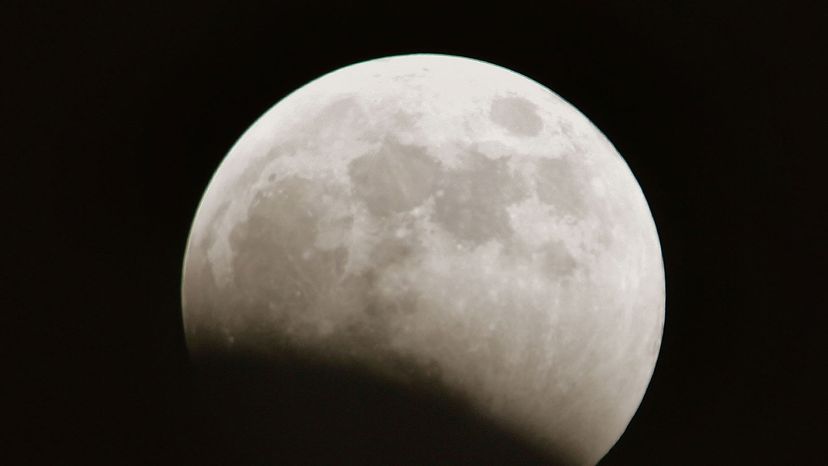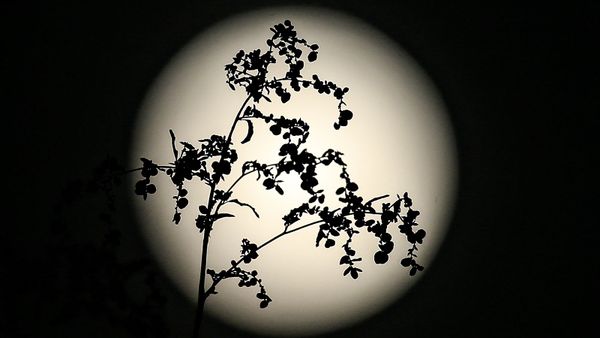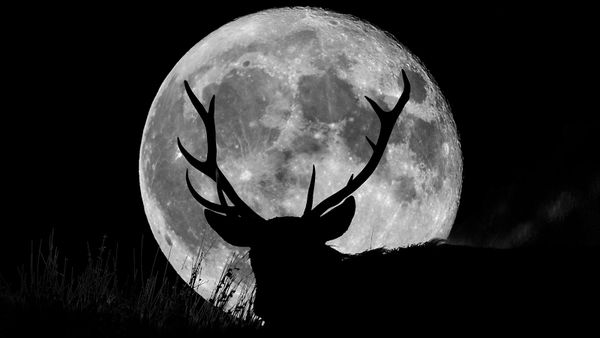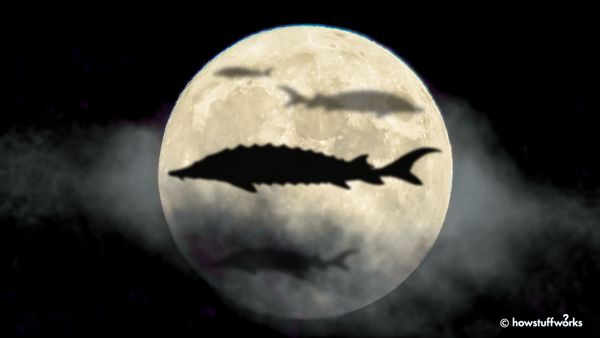
From anyplace on Earth, the clearest thing in the night sky is usually the moon, Earth's only natural satellite and the nearest celestial object (240,250 miles or 384,400 km away). Ancient cultures revered the moon. It represented gods and goddesses in various mythologies -- the ancient Greeks called it "Artemis" and "Selene," while the Romans referred to it as "Luna."
When early astronomers looked at the moon, they saw dark spots that they believed were seas (maria) and lighter regions that they believed was land (terrae). Aristotle's view, which was the accepted theory at the time, was that the moon was a perfect sphere and that the Earth was the center of the universe. When Galileo looked at the moon with a telescope, he saw a different image -- a rugged terrain of mountains and craters. He saw how its appearance changed during the month and how the mountains cast shadows that allowed him to calculate their height. Galileo concluded that the moon was much like Earth in that it had mountains, valleys and plains. His observations ultimately contributed to the rejection of Aristotle's ideas and the Earth-centered universe model.
Advertisement
Because the moon is so close to the Earth relative to other celestial objects, it's the only one to which humans have traveled and set foot upon. In the 1960s, the United States and Russia were involved in a massive "space race" to land men on the moon. Both countries sent unmanned probes to orbit the moon, photograph it and land on the surface. In July 1969, American astronauts Neil Armstrong and Edwin "Buzz" Aldrin became the first humans to walk on the moon. During six lunar landing missions from 1969 to 1972, a total of 12 American astronauts explored the lunar surface. They made observations, took photographs, set up scientific instruments and brought back 842 pounds (382 kilograms) of moon rocks and dust samples. What did we learn about the moon from these historic journeys?
Let's take a closer look at the moon. We'll examine its surface features and learn about its geology, internal structure, phases, formation and influence on the Earth.


